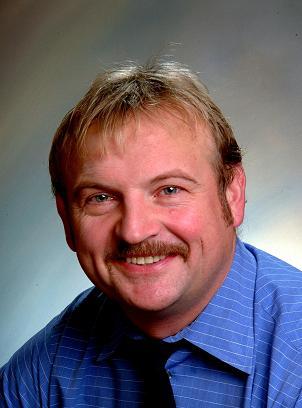

 Reference Site Map |
|
|

There has been quite a lot of rhetoric in the media lately about easy solutions to solve difficult problems. The doctor shortage is not as much about a shortage of bodies but also points to a shortage of resources. There are thousands of Canadian doctors in practice who did train elsewhere. More recent immigrant physicians feel that the current licensing and skill testing requirements are both rigid and too limited. At the same time, we have Canadian trained doctors who end up going elsewhere because they cannot find acceptable positions here. It is more than a matter of putting degrees on the walls of foreign graduates. There are three elements of the equation that must be solved simultaneously. You not only need properly trained and qualified personnel but you need appropriate work environments such as operating rooms, hospital beds and technological equipment. To accomplish this, you also need to fund and support it. For example, take forty foreign trained physicians and assume that they are qualified to acceptable Canadian standards, issue Canadian medical degrees and put them on a bus to Haliburton. Drop them off at the LCBO (Liquor Control Board of Ontario) across from the Highland Cinema in Kinmount. Is the crisis solved? How would the cardiologist work without a cath-lab or the money to support it? Where would the surgeon operate? I suppose the psychiatrist could strike up a therapeutic conversation at the coffee stand. I think you get the point.
There has always been difficulty defining what a foreign graduate is. Some countries have training programs similar to ours and graduate qualified individuals whose skills could easily be re-directed to the Canadian system. In other places, there are undergraduate curriculums at medical schools equivalent to only a basic science program here. You can graduate with a degree from a medical college yet have no clinical skills. Some countries have accelerated programs that admit anyone for a price. The quality can touch both extremes. There are also Canadian citizens who have paid to train abroad and would like to return home to practice their skills. Most immigrants tend to be younger with limited experience whose training was often interrupted by the inability to time their move. My office accepts foreign grads for electives and observation. I had the opportunity to witness the varied skill levels and can attest to such. There is a limited mechanism in place that does evaluate and upgrade skills and there is consideration to expand and fast-track the process. But ethical criticism also abounds. Some of these individuals are highly skilled, talented and come from countries where access to medical care is far worse than ours. Their home countries invested a great deal in their training in the hopes of improving the health of the local populace, and resent their emigration to other countries. In some circles this is viewed as a theft of scarce resources from under-developed countries and becomes a touchy issue. This paradox finds Canadian doctors volunteering in third-world countries, while third-world physicians await Canadian licenses.
To understand the root cause of the shortage we need to go back in time to just over a dozen years ago when the NDP reigned over the province of Ontario. It was the belief of the then Health Minister Ruth Grier that the province was heavily over-doctored. This belief governed the policies of the day and resulted in slashing of medical school enrollments, capping budgets and bullying of urban doctors to relocate. It was also believed that women could all be convinced to give birth at home, and mid-wives and nurse practitioners could be trained quicker and work together to even replace family doctors. It takes about seven years to train and graduate a new doctor. In that time, the federal liberals slashed health care transfer payments creating a crisis and forcing massive cutbacks to avoid a spiraling deficit. At the same time, hospital bureaucratic layers grew immensely. Large teams of top-priced administrators with sharp pencils were appearing in hospitals once run by religious nun-CEOs. It was no surprise that by the year 2000 the situation was getting desperate. For the most part, doctors are not hospital employees. They see themselves more as free-lance contractors and volunteers. Hospitals, on the other hand, see little need in providing basics to this group. This is an unusual relationship since poor working conditions and lack of basic resources is a common reason for leaving. Some specialties depend on hospital resources much more so than others because they require operating room time or the use of specialized equipment. Even in this area, new specialists will locate for a short while and then leave frustrated when waits get lengthy while they sit idle without resources despite the willingness to work overtime. Walk into most hospitals after 3 p.m. and you might find up to 90 percent of operating rooms sitting dark and idle. Lack of operating funds is the usual excuse. We need to encourage and promote thinking outside of the box in the health care sector.
To solve the family doctor shortage is more than a matter of more licenses. Adding facilities, equipment, and support staff is also not enough. It will result in the sicker patients being processed quicker initially but then they end up in longer lineups for secondary services resulting in greater burnout. Despite my disagreement of how it was done, I was pleased to see that the government recognizes that health care is a priority. Sadly, I am not holding my breath that any of the new resources will filter down to the family practice level and so it will make little difference. I fear that your expectation level will rise now that you pay more. There is room for greater efficiency in the system, but how best to accomplish this in a monstrous system does baffle one.
Related resources: